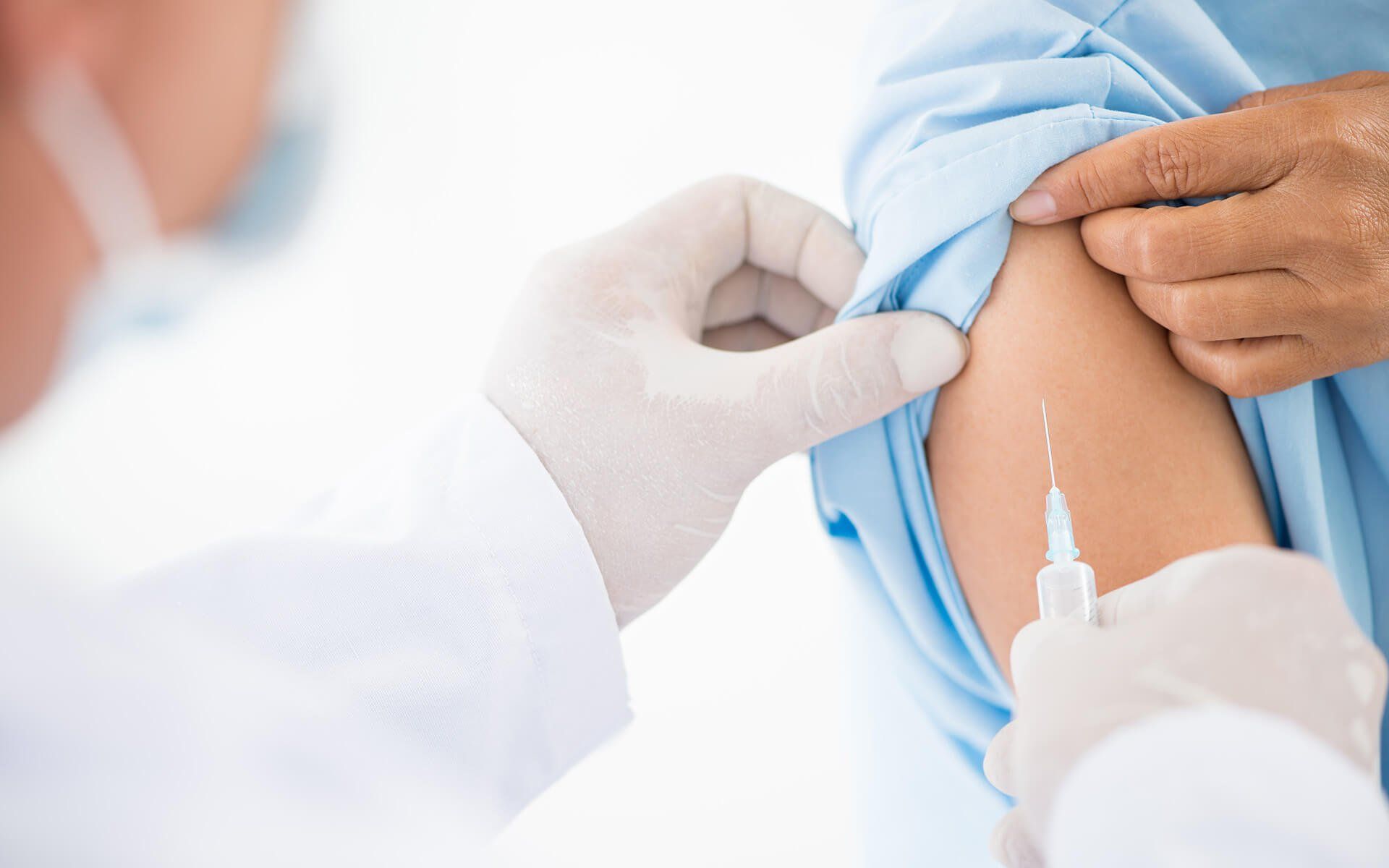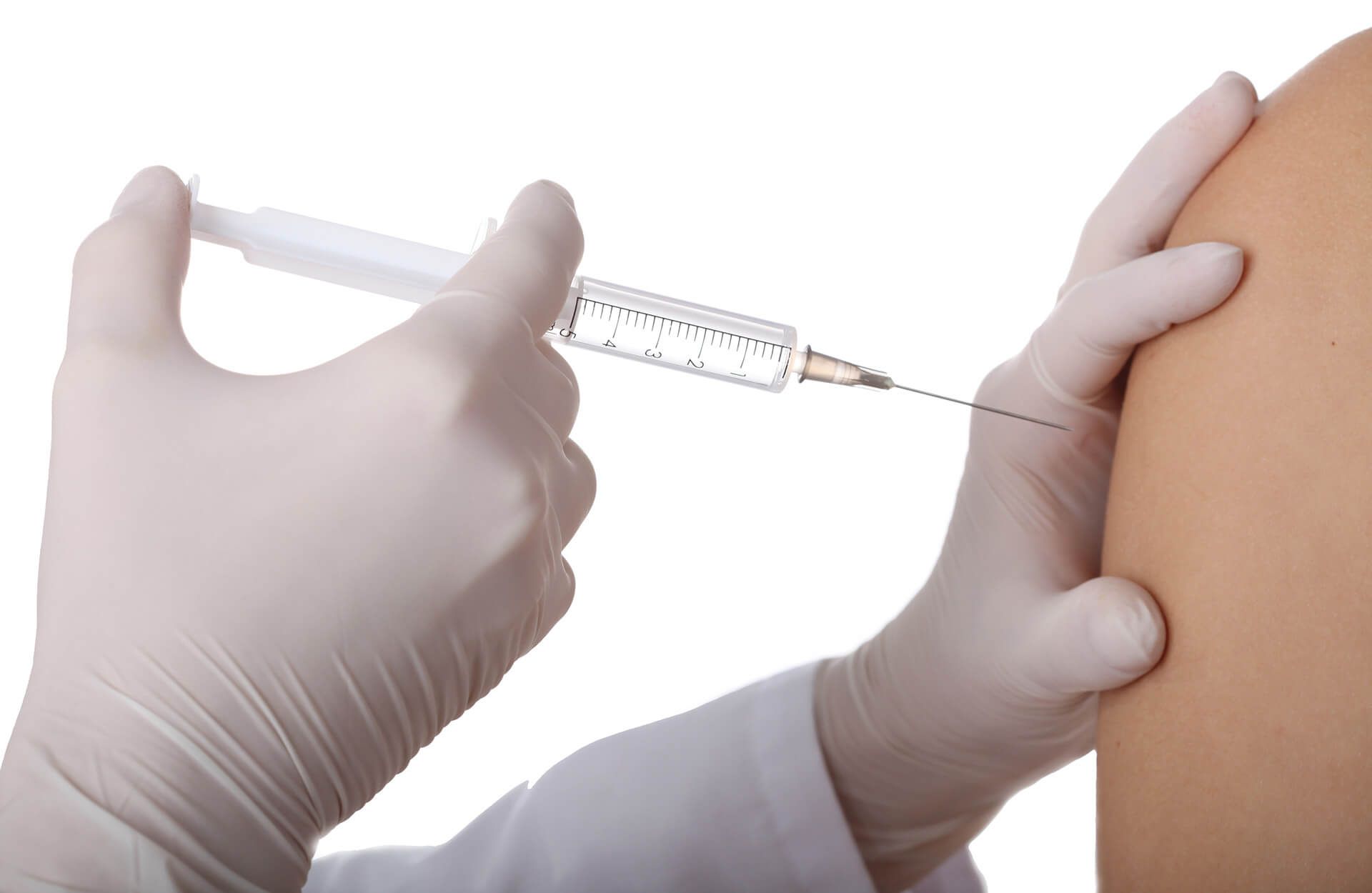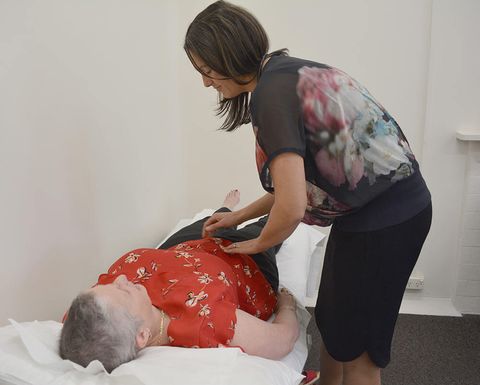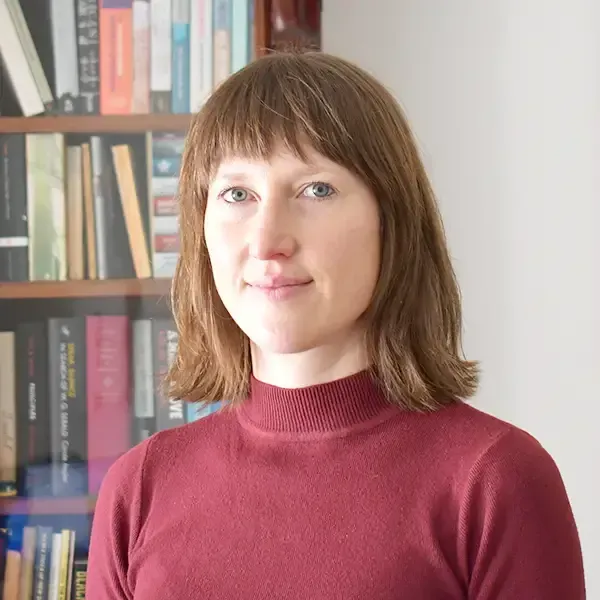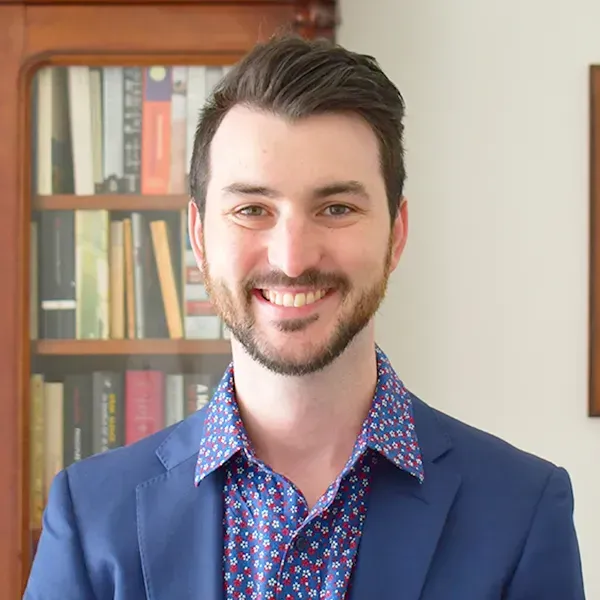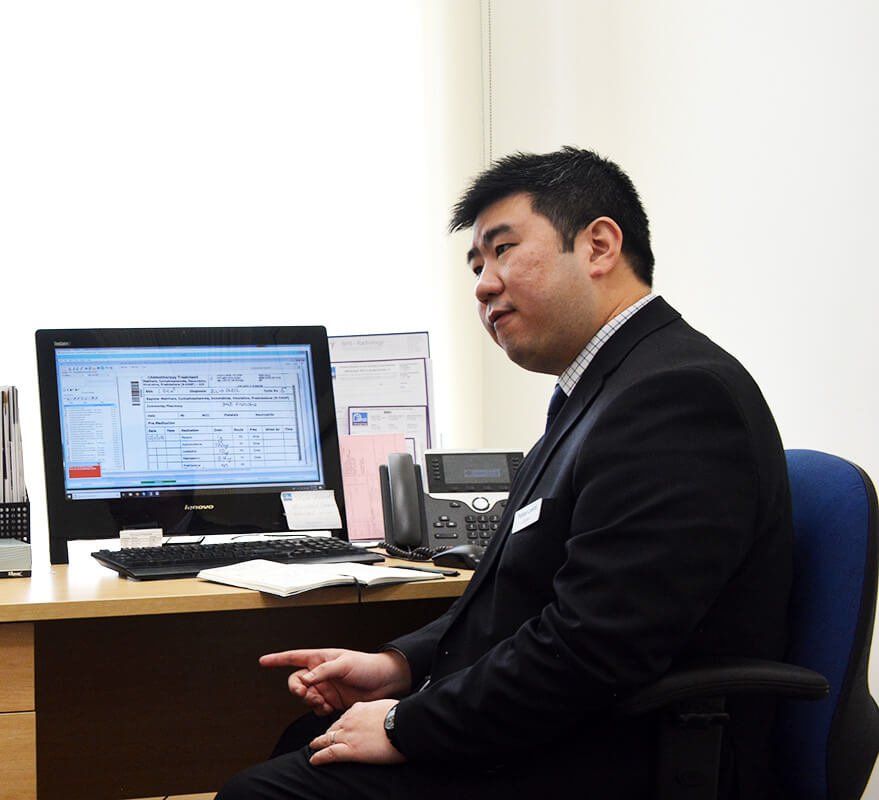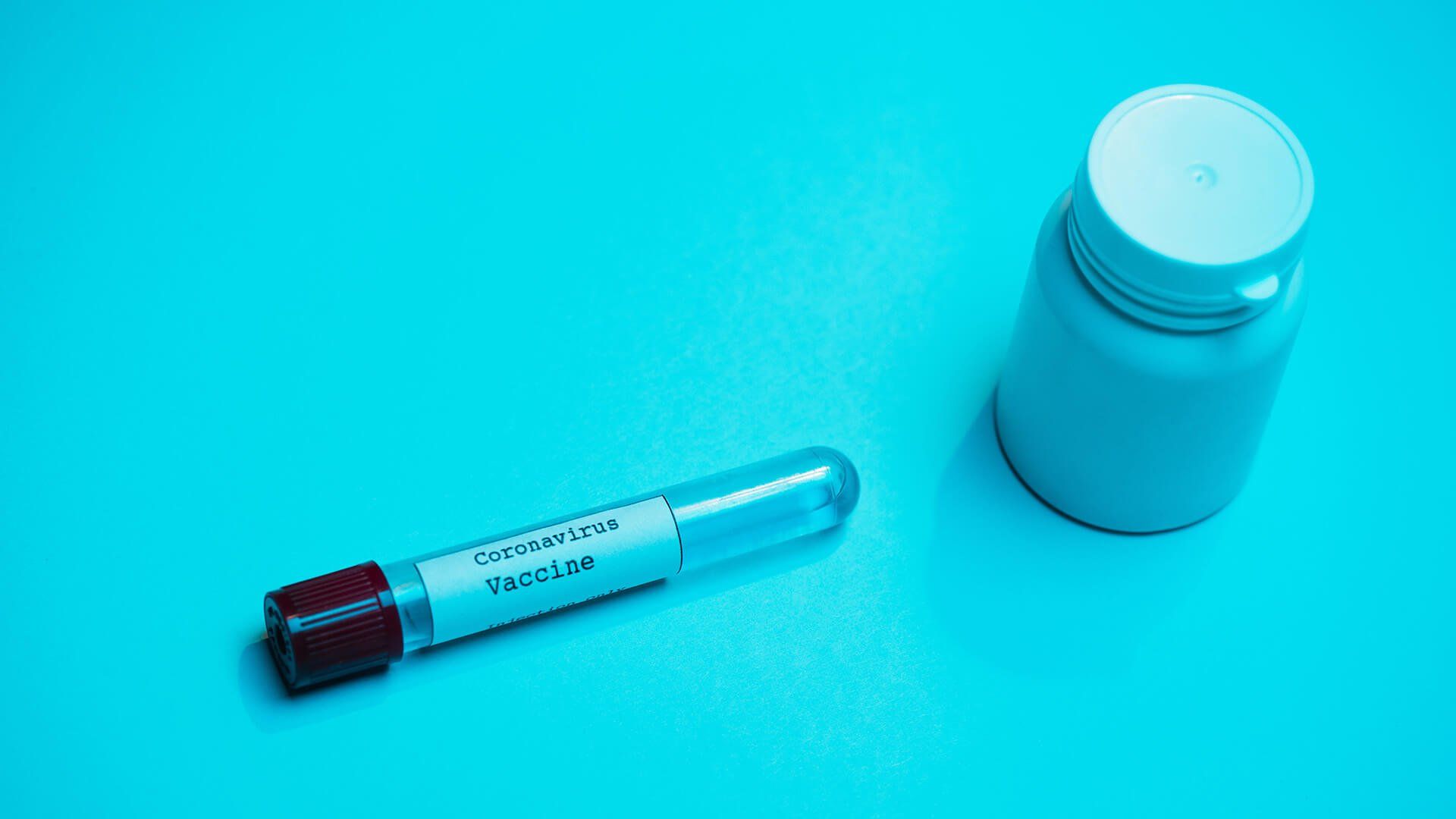Medications drastically improve breast cancer landscape
Breast cancer, the most common malignancy in Australian women, will affect 1 in 7 women before the age of 85. Thankfully, due to improvements in treatments, and earlier diagnosis through Breast screen, outcomes continue to improve.
There are several subtypes of breast cancer, each managed with slightly different treatment approaches. Around 15% of breast cancers are what we refer to as Her2 positive – that is, the cancer cell expresses the Her 2 receptor on the surface of the cell. Although Her 2 positive cancers were originally considered to be associated with a worse prognosis, the growing list of well tolerated and widely available medications used in Her 2 positive breast cancer has changed this dramatically for the better.
Trastuzumab (Herceptin) has been available in Australia now for around 15 years. It is used as “adjuvant” (post surgical) treatment, where it is given for 12 months, intravenously, is exceedingly well tolerated, and has improved cure rates considerably. It is also increasingly used in the neoadjuvant (pre surgical) setting, and is also active in metastatic (secondary) breast cancer.
Pertuzumab (Perjeta) became available in Australia around 5 years ago. In combination with trastuzumab and chemotherapy, it has improved outcomes for those with metastatic Her 2 positive breast cancer, with many patients stable on this treatment for some years, and is reimbursed by the PBS for this indication. It is now being increasingly also used as neoadjuvant (pre-surgical) treatment, and occasionally as adjuvant treatment. At this stage, there is an out of pocket associated with this in Australia, but this is likely to change soon.
Trastuzumab emtansine (Kadcyla) is another Her 2 directed treatment, again given intravenously, that has been available for several years for metastatic breast cancer. A large clinical trial, the KATHERINE study, published in 2019, demonstrated a benefit in trastuzumab emtansine being given post-surgery, after neoadjuvant (pre-surgery) Her 2 directed therapy. As recently as February 2020, this has reimbursed by the PBS in Australia.
The above medications have drastically improved the landscape of Her-2 positive breast cancer. In addition, they are associated with many less side effects that standard chemotherapy, leading to improved quality of life. All are associated with a small risk of heart toxicity, usually reversible, but necessitating regular assessment of heart function. An echocardiogram, or similar test, is recommended every three months while on therapy.
There are also tablet treatments that target Her 2. Lapatinib is a tablet that has a role in the treatment of metastatic disease, and the role of newer drugs, neratinib and tucatinib, are being determined.
With further potential treatments on the horizon, and a growing list of available treatments the management of Her 2 positive breast cancer in Australia is changing rapidly, and for the better!
Dr Heather Francis
Ballarat Cancer Care & Haematology
